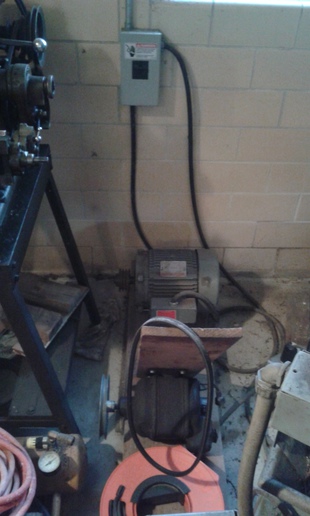Dave H (MI)
Well-known Member
Have the lathe sitting where it goes. That was fun...weighs 1060 lbs. The motor...per literature...is single phase, 2 HP, 1800 RPM, 60 Hz, 230/460v (set up on 230). I am going to use a VFD as it best suits my situation. Not going to make my own converter, not qualified to play with such things. Need help selecting a few things. What size breaker should I buy or is this something specified by the VFD manufacturer? Any recommendations on a make/model VFD? All I know for sure is that it has to be 230 single in and 230 three phase output and able to handle 2 HP. Seems to me I remember somewhere that maybe a motor needs a little extra to start it...anyway...looking for recommendations since I will likely buy on-line and there wont be a salesman around. Any concern about the service coming in? I have plenty of room in the breaker box.


